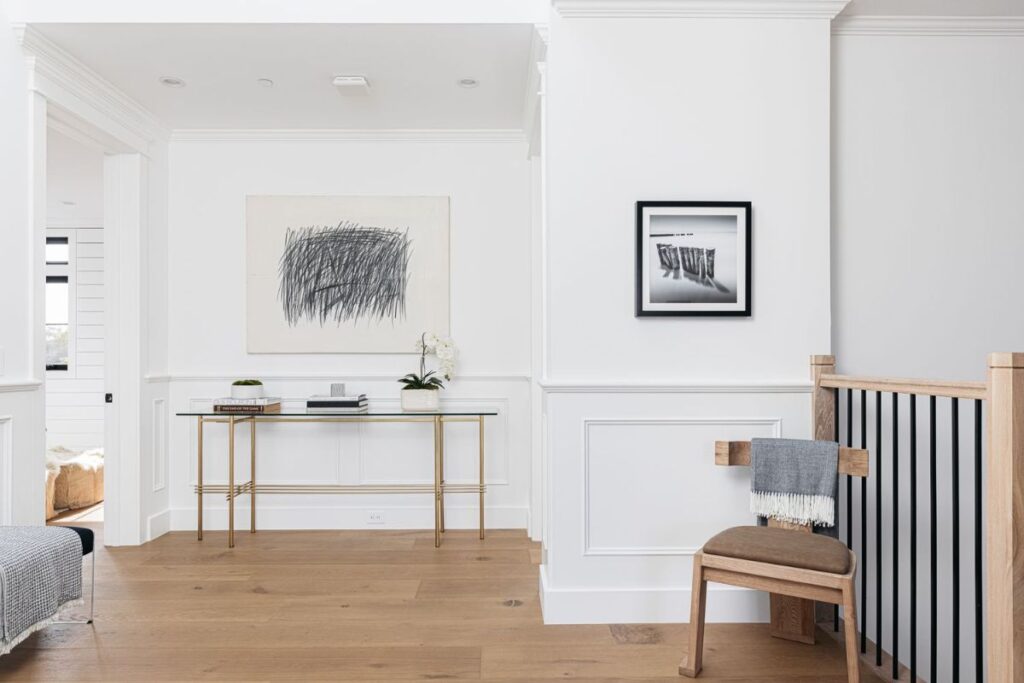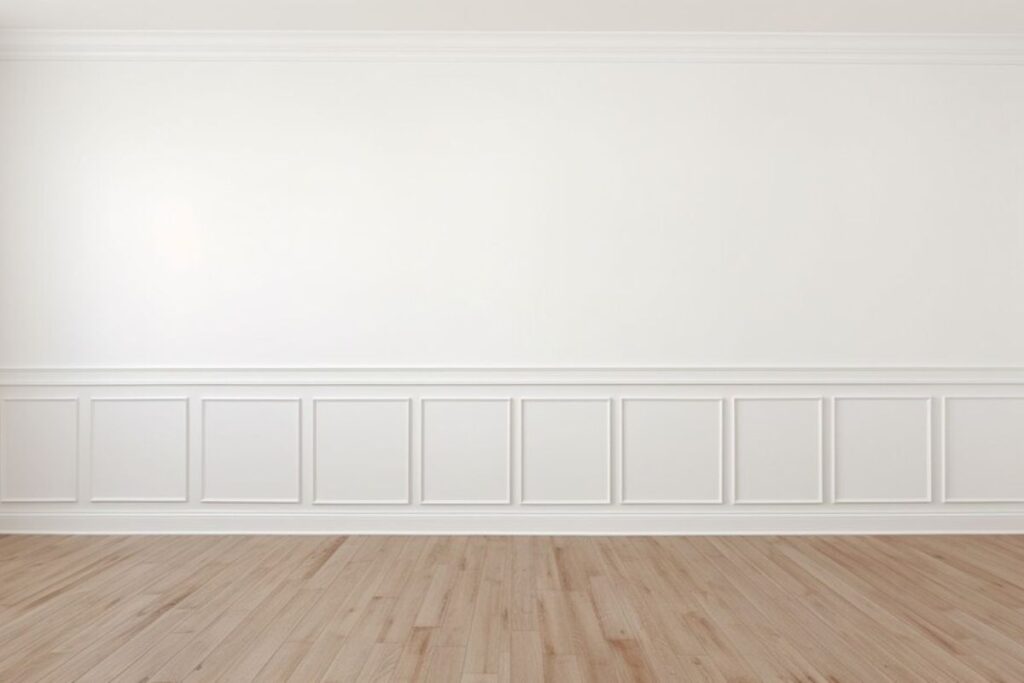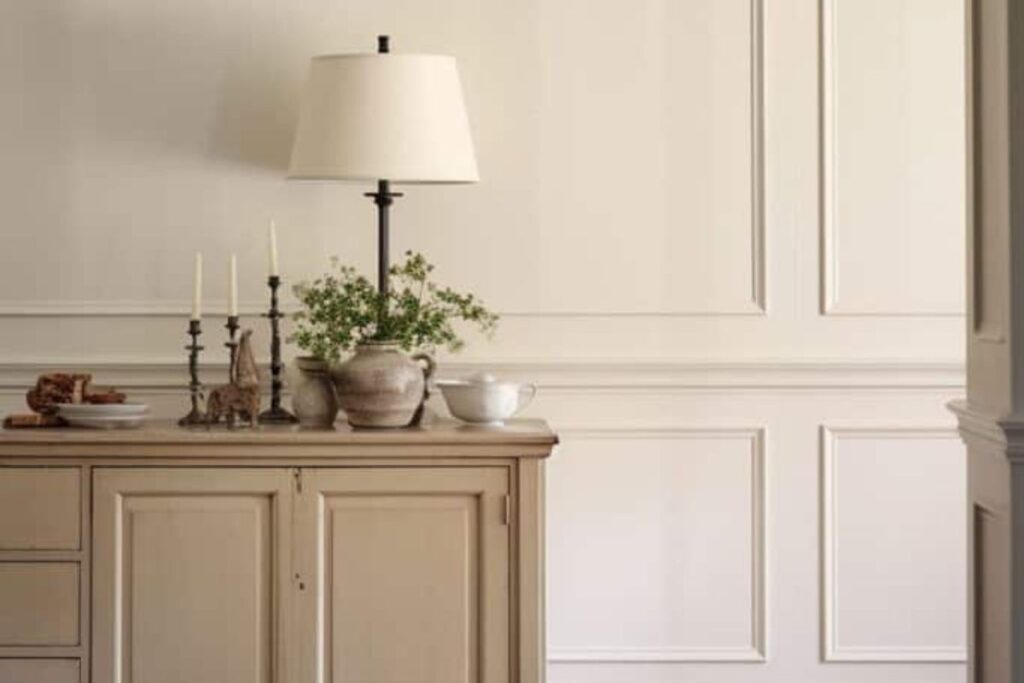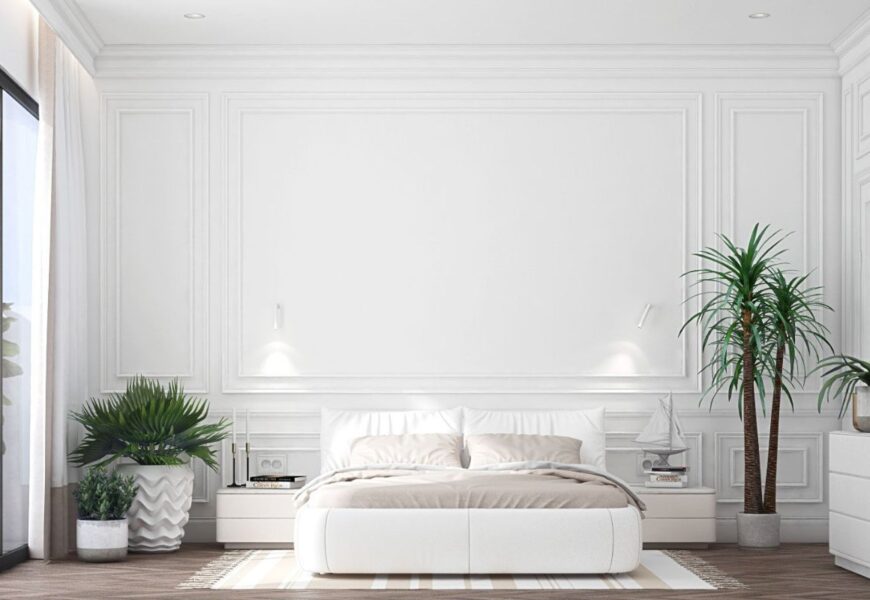Introduction
Imagine walking into a room where the blend of white walls white trim creates a sense of openness and tranquility. The pairing of white walls with white trim has become a popular design choice, thanks to its clean, modern look and ability to brighten a space. White walls serve as a neutral canvas, while the type of white trim you choose can enhance the overall aesthetic. In this article, we’ll explore the different types of white trim that pair beautifully with white walls white trim, helping you make the best choice for your design needs.
Understanding the Role of Trim in Interior Design
Trim acts as the finishing touch in any room, outlining the features of the space such as windows, doors, and baseboards. When paired with white walls trim, trim adds definition and depth, enhancing the room’s overall structure. The contrast between the walls and trim can create a distinct boundary, providing a sense of dimension to otherwise flat spaces. Whether you’re looking to highlight architectural features or simply add a clean, refined finish, the right trim choice for white walls trim is essential in achieving a polished and cohesive look.
Types of White Trim for White Walls
1. Crisp White Trim

Crisp white trim is a popular choice for modern homes and minimalistic designs. The bright contrast it creates with white walls white trim adds a fresh, clean look. This trim offers a sharp boundary between the walls and the room’s features, making it ideal for contemporary or industrial interiors. Using trims like Sherwin-Williams’ “Extra White” or Benjamin Moore’s “Chantilly Lace” will emphasize the sleek and open feel that white walls trim can provide.
2. Soft White Trim

Soft white trim, which has warm undertones, pairs beautifully with white walls white trim for a more inviting atmosphere. This trim is ideal for traditional or farm house style homes where warmth is important. Soft white tones, such as Benjamin Moore’s “White Dove” or Sherwin-Williams’ “Alabaster,” offer a comfortable and cozy look while still maintaining the crisp finish that complements white walls trim.
3. Off-White Trim

Off-white trim, featuring undertones of gray or taupe, provides a more subdued contrast against white walls white trim. It’s perfect for contemporary spaces that call for a little more depth while maintaining a neutral palette. Off-white trim such as Benjamin Moore’s “Cloud White” or Sherwin-Williams’ “Snowbound” adds sophistication and a touch of warmth, making it a great option for those who want to add dimension to white walls trim.
4. Antique White Trim

Antique white trim gives a vintage, timeless appeal that pairs well with white walls trim. Its creamy undertones evoke a sense of classic charm, making it an excellent choice for Victorian, shabby chic, or eclectic homes. Using trims like Benjamin Moore’s “Antique White” or Sherwin-Williams’ “Creamy” brings warmth to white walls trim, creating a welcoming and nostalgic feel in any room.
5. Glossy White Trim

Glossy white trim provides a sleek, polished finish that makes white walls trim appear even more sophisticated. The high-gloss sheen reflects light, adding a touch of glamour and elegance to modern or luxurious spaces. Glossy finishes, whether applied to crisp or off-white tones, make white walls trim feel fresh and stylish, reflecting the natural light in the room and enhancing the overall aesthetic.
Factors to Consider When Choosing White Trim
Choosing the right trim for white walls trim requires considering factors such as lighting, finish, and undertones. Lighting is especially important because it can significantly change how the trim appears. Testing the trim samples in the room under different lighting conditions will help you decide the best choice for your space. Additionally, make sure the undertones of the trim complement the undertones of your white walls to avoid any unwanted contrasts. The finish is also crucial: high-gloss finishes are more durable and easier to clean, while matte finishes create a subtler look. All of these elements play a role in ensuring that white walls trim creates the desired atmosphere in your home.
Styling Tips to Enhance White Walls with White Trim
Once you’ve selected the right trim for white walls trim, you can enhance the space further by adding complementary design elements. Introducing pops of color through artwork, furniture, or textiles can create a focal point without disrupting the clean aesthetic of white walls trim. Adding texture through rugs, throws, and cushions can also create a more dynamic and inviting atmosphere. Accent lighting, strategically placed, can help highlight the trim and other architectural features, making white walls trim stand out even more. Lastly, incorporating additional architectural elements such as wainscoting or crown molding can further elevate the clean lines of white walls trim, adding both style and sophistication.
Common Mistakes to Avoid
When working with white walls trim, it’s important to avoid some common mistakes. One of the biggest errors is choosing trim that doesn’t complement the undertones of the walls. Mismatched undertones can result in a jarring contrast that disrupts the room’s harmony. Additionally, failing to account for lighting changes throughout the day can lead to unexpected results. Choosing the wrong finish for your trim can also be problematic: glossy finishes show imperfections, while matte finishes might not provide enough contrast. Overcomplicating the room with too many decorative elements can also detract from the clean, minimalistic aesthetic that white walls trim offers. Simplicity is key to ensuring the space feels balanced and cohesive.
Conclusion:
In conclusion, white walls trim is a timeless and versatile design choice that can suit a wide variety of interior styles. By selecting the right type of trim—whether crisp, soft, off-white, antique, or glossy—you can enhance the beauty and atmosphere of your space. Consider lighting, undertones, and finish when choosing the trim to ensure a cohesive look. Whether you’re aiming for a modern, traditional, or vintage-inspired style, white walls white trim can be the perfect foundation for creating a beautiful, elegant room.















